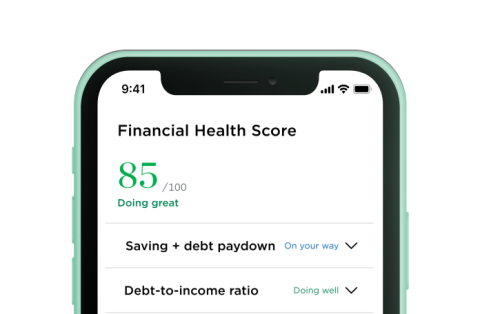How Much Can I Contribute to My IRA — and When?

Many or all of the products featured here are from our partners who compensate us. This influences which products we write about and where and how the product appears on a page. However, this does not influence our evaluations. Our opinions are our own. Here is a list of our partners and here's how we make money.
The investing information provided on this page is for educational purposes only. NerdWallet, Inc. does not offer advisory or brokerage services, nor does it recommend or advise investors to buy or sell particular stocks, securities or other investments.
Traditional IRAs are a great way to save for retirement, because they give you a tax break for doing so. It's basically a reward for looking after your future self.
But how can you maximize the benefits of an IRA? We're here to help.
» Ready to get started? See NerdWallet's picks for the best IRA accounts
How much can I contribute to my IRA?
The IRA contribution limit is $7,000 in 2024 ($8,000 if age 50 or older).
However, the real world isn't usually that simple. You may have a limited amount of money, and you may have a retirement plan at work.
NerdWallet rating 4.9 /5 | NerdWallet rating 5.0 /5 | NerdWallet rating 4.2 /5 |
Fees $0 per online equity trade | Fees $0 per trade | Fees $0 per trade |
Account minimum $0 | Account minimum $0 | Account minimum $0 |
Promotion None no promotion available at this time | Promotion None no promotion available at this time | Promotion Get up to $700 when you open and fund a J.P. Morgan Self-Directed Investing account with qualifying new money. |
The good news? IRAs can complement workplace plans like 401(k)s, or fill in for them if your employer doesn’t offer one. Here’s one way to think about divvying up your money:
Consider contributing enough to your 401(k) or other workplace retirement plan to get the full company match. That’s free money, sometimes dollar for dollar up to a specific percentage of your pay. You don’t want to forfeit it.
If your 401(k) offers a good variety of low-cost investments, you could put as much money as you can into it. The annual maximum is $23,000 in 2024 ($30,500 for those age 50 or older).
But if your 401(k) isn’t great, then you could focus on maxing out your IRA.
If you have enough money to keep going beyond your preferred account’s limits, then max out the other account.
This process assumes that you've already picked between a traditional and a Roth IRA, which offer different tax advantages. Traditional IRAs offer a tax deduction upfront for contributions in the year they're made, but you'll pay taxes on the withdrawals made in retirement. Roth IRAs don't have a tax deduction for contributions, but you can withdraw from the account tax-free in retirement.
There are income restrictions on Roth IRAs, which may reduce your contribution amount or eliminate your ability to make Roth IRA contributions outright.
» Dive deeper: Here’s how to decide between a Roth or traditional IRA.

Get a custom financial plan and unlimited access to a Certified Financial Planner™
NerdWallet Advisory LLC
When should I contribute to my IRA?
You can contribute to your IRA any time up until the tax filing deadline of the following year. You can contribute only as much as you earn in any given year (up to the standard contribution limit). This could look like a lump sum at the beginning or end of the year, or smaller increments throughout the year.
A caveat for Roth IRAs: if you plan to contribute to a Roth IRA and your annual income puts you close to the contribution limit, you may want to hold off on contributing until you know your modified adjusted gross income, or MAGI, so that you don't accidentally overcontribute. Sometimes, people may think they're below the limits, but a raise or salary bonus later in the year could change things.
» Learn more: How to fix a Roth IRA overcontribution
But I don't have enough to max out an IRA!
For many people, contributing the annual maximum to their IRA all at once is difficult. If you can afford it, you can set up automatic payments that move money from your bank account to your brokerage account regularly, such as every two weeks or once a month.
Setting up periodic contributions has another benefit, too. You’re embracing the practice of “dollar-cost averaging.” That’s when you buy investments in small periodic payments, rather than in one big lump sum.
Doing that means you buy no matter what the market is doing, and over time the variations average out. This is in contrast to market timing, which is when you try to figure out the best time to buy (generally, when prices are low). The problem with market timing is it’s impossible to know what the market will do tomorrow, so you never know if you’ve timed it right.
» Learn more: See the average retirement savings by age

Why should I contribute to my IRA?
If you want to save for Future You, an IRA is one option. The earlier you start, the more time your money will have to grow. Fidelity Investments, one of the biggest retirement plan providers, suggests setting aside 15% of your income for retirement, whether that's in a 401(k) with an employer match, an IRA or both. Even if you have debt, you can start saving for retirement.
If you’ve got time to let your investments grow, then even just a few years of making IRA contributions can get you a long way to retirement success.
» Are you on track for retirement? Try our retirement calculator to see.
On a similar note...







